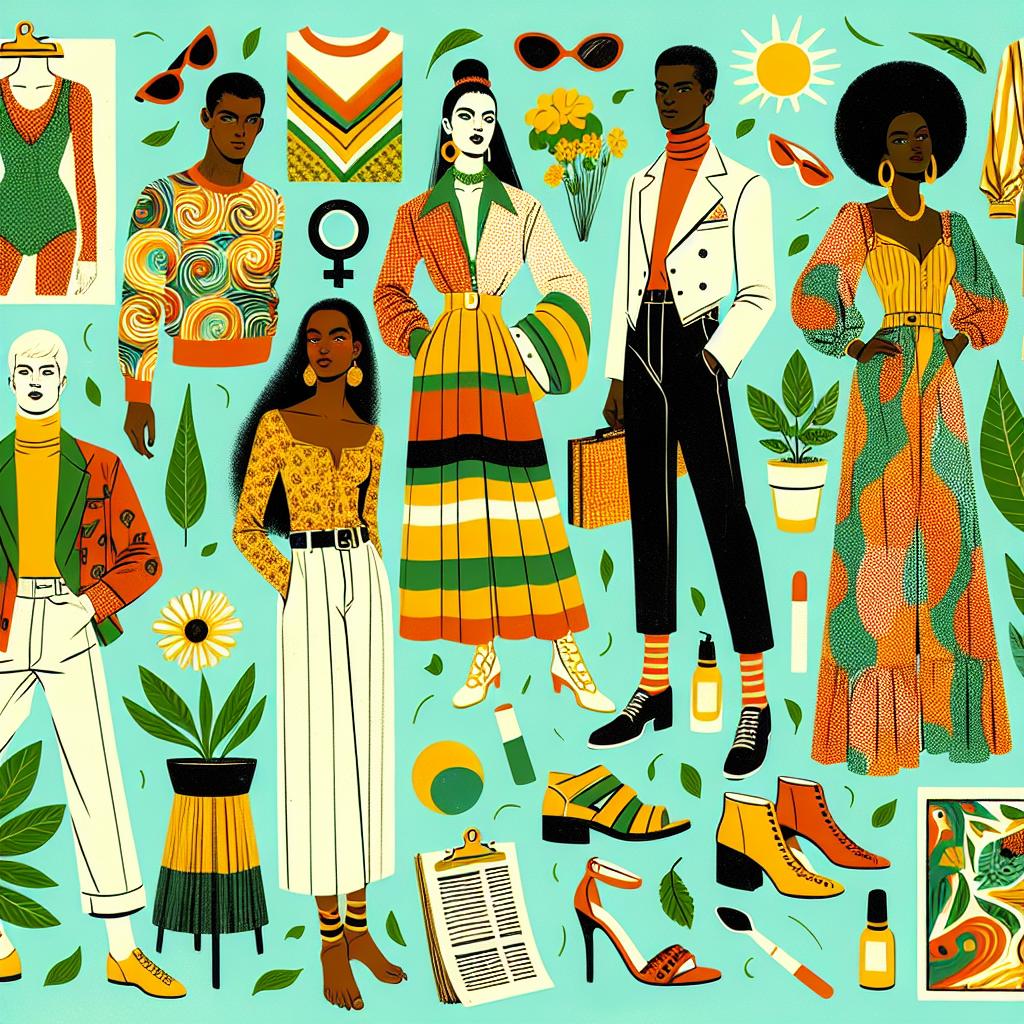A Changing Fabric: The Rise of Sustainable Fashion
The fashion industry, often seen as a bastion of excess and waste, is undergoing a significant transformation. Increasingly, fashion brands are adopting sustainable, eco-friendly production methods that aim to mitigate their impact on the environment. In a world facing the dire consequences of climate change, this shift toward sustainability is not just an option but a necessity.
One of the driving forces behind this change is the demand for transparency in manufacturing practices. Consumers of today are no longer willing to accept just catchy marketing or beautiful advertisements; they are actively seeking information about where and how their clothes are made. This shift in consumer behavior is reshaping the dynamics of the fashion industry, forcing brands to rethink their strategies and operations.
The Consumer Role in Sustainable Fashion
Today’s consumers are much more informed and increasingly leverage their buying power to influence brands. As social media platforms amplify consumer activism for sustainable choices, individuals are using their voices to hold brands accountable. This movement toward eco-consciousness aligns with the growing awareness of the environmental detriments of fast fashion.
Statistics show that traditional garment production contributes a staggering amount of waste to our landfills—approximately 92 million tons annually. By contrast, sustainable fashion can significantly reduce this waste through strategies such as recycling and the use of organic materials. And this is not merely a trend; according to a report published by the Ellen MacArthur Foundation, if we don’t shift our production methods, the fashion industry alone could account for up to a quarter of the global carbon budget by 2050.
Materials like recycled polyester and organic cotton are becoming mainstream in garment production. Innovators in the fashion industry are also experimenting with bio-based fabrics and waste materials, turning potential refuse into resources. Such changes showcase how sustainability can be woven into the very fabric of fashion.
“More than just a trend, the push for sustainable fashion signifies a broader cultural shift toward eco-conscious consumerism, with individuals advocating for less wasteful practices.”
Industrial Change: A Call to Action
As the landscape of the fashion industry evolves, companies face challenges and opportunities. Adopting sustainable practices requires investment and a willingness to revamp traditional business models. Nevertheless, numerous successful case studies have demonstrated how brands can flourish while being environmentally responsible. The adoption of eco-friendly materials and ethically sound supply chains is not merely good practice; it’s increasingly good business.
The early adopters of sustainable practices have reported not only enhancing their brand reputation but also tapping into a new consumer demographic motivated by eco-centric values. “Sustainable luxury” is an emerging niche that has sparked new interest among consumers who are searching for high-quality items that do not come at the cost of our planet.

The role of education is also critical in promoting sustainable fashion. Consumers need access to information not only about the sustainability of materials but also about how to care for and extend the life cycle of their garments. The fashion industry plays a pivotal role in leading educational outreach to impact consumer behavior positively.
Furthermore, circular economy initiatives—such as clothing rental and swapping platforms—are rising to prominence alongside traditional retail methods. The concept of reusing garments offers a collective way to lessen the environmental footprint of fashion while encouraging a community-focused approach to consumption.
Conclusion or A Look Ahead?
While some brands take the lead in transforming their methods, others remain hesitant, entrenched in older practices that resist change. The need for legislative support to incentivize sustainable practices could drive widespread adoption. As of now, however, the onus is largely on consumers to pressure companies to maintain an ethical stance toward their production processes.
The journey toward sustainability in the fashion industry is multifaceted, involving consumers, brands, and policy-makers alike. A collective effort will redefine the future of fashion into a more sustainable entity that respects our planet. We’re only beginning to see the implications of this trend; if history teaches us anything, it’s that changes in consumer values bring about massive shifts in industry standards. The question remains: Will the fashion industry adapt quickly enough to meet the impending challenges of our environment?



